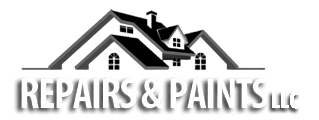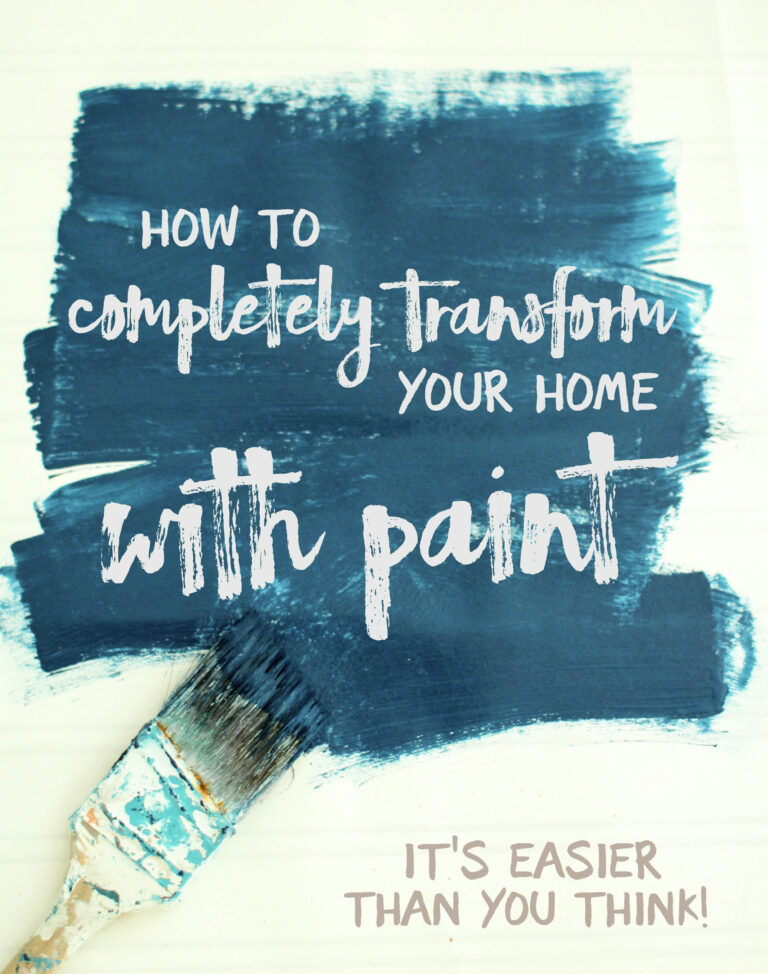Drywall Repair in Medford NJ
How to Install Drywall 101
Does your home have old and damaged walls? Do you need to replace your drywall due to water damages and mold growth? Learn the basic drywall mechanics and how to apply them. There are many benefits to new drywall installation. If you have ceilings with a textured finish, or if you have a plaster ceiling, think about installing new drywall. If you want to upgrade from wooden interior paneling you can also install new drywall. You may also be in need of patching a drywall area. Many plumbers and electricians will cut holes in your walls without regard to the look of your home. Their expertise lies in other areas of home improvement. Learn how to install drywall and make repairs like a pro. Check out our drywall 101 guide.
- Determine your objective – weigh out your options. Can you get away with repairing the areas of your interior walls or do you have to replace everything? Drywall can be a time costly project if not done correctly.
- How large of an area requires work – how much work will you need to put into your project? A small ceiling patch may not take as much effort as replacing an entire 2 foot tall section due to water damages.
- What do you need for the job – Make sure to gather all the necessary tools and products that are needed to provide a healthy living environment
The 3 Stages of Drywall
- Installation
- Taping
- Sanding
We have seen a bunch of DIY drywall repairs. A fatal error made in DIY drywall repairs is improper patching. Thinking that you can make do without taping your drywall seams. Tape is a vital stage in drywall repair and installation
For drywall installation you will need a number of tools. You will need a T-Square, a utility knife, a jab saw, a 3 inch knife, a 6 inch knife, and a 10 inch knife. You will also require drywall paper tape, drywall boards, all-purpose compound, and a ladder.
- The most commonly used drywall sizes are both ½ inch and ¼ inch. The ½ inch drywall is recommended for new drywall installation. If you are planning to drywall over top of plaster of paneling, ¼ inch or 3/8 inch drywall is recommended.
- The most commonly used drywall length is 8 feet. This would be a 4×8 foot drywall board. A 4×10 foot drywall board may also be used in certain situations.
When you begin your drywall installation, like with most things, you start at the top. Start by installing your sheetrock on the ceiling. You want to match seams. Lay each piece evenly with the next board. Work your way to the end of the ceiling. When you arrive at the end, measure your cut piece.
Using your T-Square, you want to place the square on your marked measurement line. Next, take your utility knife and run it straight across the edge of the square. You do not need to apply much pressure at all. After scoring your drywall, snap the drywall. Bend the board along the cut line you made. Now run your utility blade across the back side of the bend. This will separate your cut piece from the drywall board you will be using.
When you install your drywall you will want to screw along all joists. Do not skimp as the weight of the board may pull it down when not enough drywall screws are used.
Continue this until you are finished installing your new drywall ceiling. If your ceiling does not measure in width to a multiple of 4, you will need to also cut your drywall long ways. To do this you must first get your measurement. Next place your t-square on one side and cut along the line the opposite direction as earlier. Now put your t-square on the other side of your measurement and cut again. The two lengths may not reach. You may score the missing 4 inches by hand. In most cases the drywall will snap without scoring the unreached area. Cut the backing of the drywall bend again as you had done previously.
If from ceiling to floor your wall measures to 8 feet, that’s great, If your ceiling measures to 10 feet that’s great as well. Install your drywall up and down. Cut off the amount of drywall you will not need from the bottom of the board. Leave approximately 1 inch of space between your floor and the newly installed drywall.
This will help with ventilation as well as prevent mildew or mold from infesting your walls. Leaving your drywall off the ground will make it difficult for water, if a flood or leak were to ensue, from easily soaking into your walls.
Be sure to use plenty of drywall screws on your walls as well. You want to space your screws by approximately 8 inches.
You will need to cut around any electrical sockets or other outlet areas with your jab saw, prior to installing your drywall board.
When all of your drywall is finally installed, you are ready for the next stage.
You will begin by bringing out your rolls of drywall paper tape. Let out your drywall tape to the length of your room. If you have 4 Drywall seams, including the seam in which the wall meets the ceiling, you will want to cut yourself 4 pieces of tape at the appropriate length.
For example:
- If your room is 12×10, it would have taken three 10 foot drywall boards to go the length of the room. This would create 4 drywall seams of the same length. You will want to have ready 4 pieces of paper tape all at approximately 10 feet in length.
- Apply the above method to rest of your room as required.
First apply the all-purpose compound to the seams. Next you will apply each piece of tape. For the corner pieces, you will notice a bend already made in the tape. Fold the tape in half and place the sides evenly on your wall and ceiling. Push the tape down firmly using your 3 inch drywall knife.
Allow the joint compound to dry before coating again. Each coat of joint compound that is applied will need to thoroughly dry before you can begin the next step of drywall installation.
When the first layer has dried, begin the next step. Apply the joint compound on top of your first coat. Now use your 6 inch drywall knife to apply the compound. Be sure to push well enough that the edges of the compound are not easily visible.
Lastly you will repeat the same process using your 10 inch drywall knife. The edges of the compound do not need to perfectly blend into your drywall. You will be getting to that step soon enough.
For your screw or nail holes you will not need so much effort. Fill all of the holes with one coat of compound. After that is dry, a second coat of joint compound will be sufficient.
When all of your drywall compound and tape has been applied you will want to get ready for some dust. Be sure to wear the proper drywall safety equipment for this job. Breathing in drywall dust can be extremely hazardous to your health and your lungs. Do not sand away all of your hard work. You will be able to easily sand your surfaces to a smooth finish. Do not, I repeat do not ever use mechanical sanders on new drywall and tape installations. This will damage your work. You need to hand sand all newly installed drywall.
Repairs & Paints painting company will help you with all areas of home improvement. We specialize in interior and exterior painting, as well as drywall repairs in the Medford NJ area. For a free estimate on your home improvements, call us today. Our goal is to create a beautiful finished product for your South Jersey home or office.








